5 Ways to Sanitise Kitchen Tools and Equipment
Are you concerned about the germs and bacteria on your kitchen tools and equipment? Keeping your kitchen tools clean and sanitised is crucial for keeping you and your family healthy. Fortunately, several easy and practical ways exist to sanitise your kitchen tools and equipment.
In this post, we’ll discuss five simple methods that you can use to kill germs and bacteria on your kitchen tools and equipment. From using natural ingredients to high-tech appliances, we’ve got you covered. So, let’s dive in and learn how to keep your kitchen tools and equipment clean and sanitised!
The Importance of Sanitising Kitchen Tools and Equipment
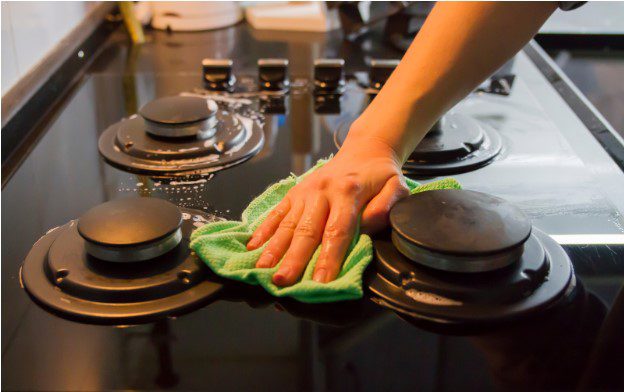

Keeping your kitchen tools and equipment clean and sanitised is essential for maintaining a healthy and safe cooking environment. Here are some reasons why it’s important to sanitise your kitchen tools and equipment:
Prevents the Spread of Germs and Bacteria: Kitchen tools and equipment can harbour harmful bacteria and germs that can cause foodborne illnesses. Proper sanitation helps eliminate these pathogens, reducing the risk of contamination and keeping you and your family safe.
Maintains the Quality of Food: Sanitising kitchen tools and equipment can help keep the quality of the food you prepare. Food that comes into contact with contaminated surfaces can become infected, affecting its taste and texture.
Increases the Lifespan of Equipment: Regular cleaning and sanitising of kitchen tools and equipment can extend their lifespan. Bacteria and food residue can build up on equipment over time, leading to corrosion and damage. By sanitising regularly, you can prevent this buildup and prolong the life of your equipment.
Complies with Health Regulations: Many health regulations require that kitchen tools and equipment be sanitised regularly to prevent the spread of disease. Following these regulations ensures your kitchen is up to code and avoids penalties or fines.
Promotes a Clean and Organised Kitchen: Keeping your kitchen tools and equipment clean and sanitised enables a clean and organised kitchen. It also creates a more pleasant cooking environment, making meal preparation more enjoyable and stress-free.
Regularly sanitising kitchen tools and equipment is crucial for maintaining a healthy and safe cooking environment. You can enjoy delicious, healthy meals without worrying about contamination by sanitising your kitchen tools and equipment.
Method 1: Hot Water and Soap
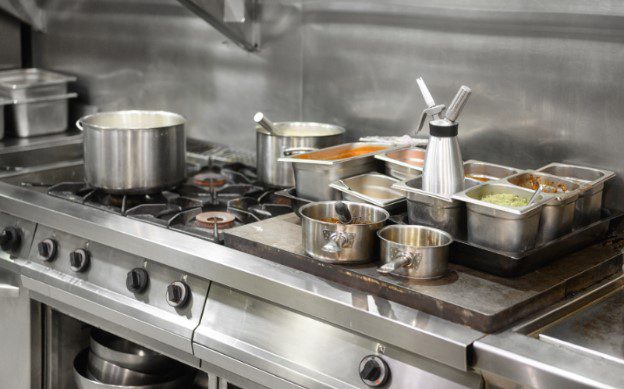

Hot water and soap are simple and effective ways to sanitise kitchen tools and equipment. Here’s how to do it:
- Rinse: Start by rinsing your kitchen tools and equipment under hot running water. This helps remove any loose dirt or debris.
- Apply Soap: Apply a small amount of dish soap to a clean sponge or dishcloth. Use the sponge or cloth to thoroughly clean the surface of the tool or equipment thoroughly, paying close attention to any grooves or crevices.
- Scrub: Use a scrub brush or scouring pad to scrub any stubborn grime or residue from the surface of the tool or equipment.
- Rinse Again: Rinse the kitchen tool or equipment thoroughly under hot running water to remove any soap residue.
- Dry: Dry the kitchen tool or equipment with a clean towel or let it air dry on a clean surface.
It’s important to note that while hot water and soap are a great way to sanitise most kitchen tools and equipment, they may need to be more effective for porous surfaces like wood cutting boards. In these cases, it’s best to use a different sanitising method.
Method 2: White Vinegar


White vinegar is a natural and inexpensive way to sanitise your kitchen tools and equipment. Here’s how to use it:
- Mix Solution: Mix white vinegar and hot water in a large bowl or container.
- Soak: Place the kitchen tool or equipment in the solution and let it soak for at least 15-20 minutes.
- Scrub: Use a scrub brush or sponge to scrub away any remaining grime or residue from the surface of the tool or equipment.
- Rinse: Rinse the kitchen tool or equipment thoroughly under hot running water to remove any vinegar residue.
- Dry: Dry the kitchen tool or equipment with a clean towel or let it air dry on a clean surface.
White vinegar kills many bacteria and germs, including E. coli and Salmonella. Plus, it’s a natural and non-toxic alternative to chemical sanitisers. However, it’s important to note that white vinegar may not be effective against some bacteria, such as those found in raw meat or poultry. In these cases, it’s best to use a different sanitising method.
Method 3: Hydrogen Peroxide
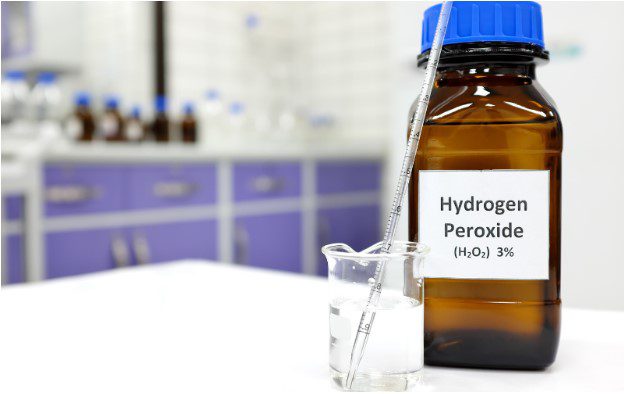

Hydrogen peroxide is a powerful disinfectant that can be used to sanitise kitchen tools and equipment. Here’s how to use it:
- Dilute Solution: Mix 3% hydrogen peroxide and water in a large bowl or container.
- Soak: Place the kitchen tool or equipment in the solution and let it soak for 10-15 minutes.
- Rinse: Rinse the kitchen tool or equipment thoroughly under hot running water to remove any hydrogen peroxide residue.
- Dry: Dry the kitchen tool or equipment with a clean towel or let it air dry on a clean surface.
Hydrogen peroxide effectively kills many bacteria and viruses, making it an excellent option for sanitising kitchen tools and equipment. However, it’s important to note that hydrogen peroxide may bleach or discolour some materials, such as plastic or fabric. Therefore, testing a small area before sanitising the entire surface is best.
Method 4: Bleach Solution
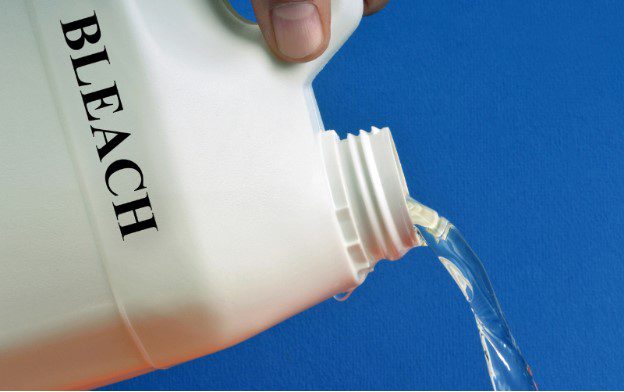

Bleach is a strong disinfectant that can effectively sanitise kitchen tools and equipment. Here’s how to use it:
- Dilute Solution: Mix one tablespoon of bleach with 1 gallon of hot water in a large bowl or container.
- Soak: Place the kitchen tool or equipment in the solution and let it soak for 10-15 minutes.
- Rinse: Rinse the kitchen tool or equipment thoroughly under hot running water to remove any bleach residue.
- Dry: Dry the kitchen tool or equipment with a clean towel or let it air dry on a clean surface.
Bleach effectively kills many bacteria and viruses, including E. coli and Salmonella. However, it’s important to note that bleach can discolour or damage some materials, such as metal or certain types of plastic. Therefore, checking the manufacturer’s instructions or testing a small area before sanitising the entire surface is best.
Method 5: UV-C Light Sanitiser


UV-C light sanitisers are a modern and effective way to sanitise kitchen tools and equipment. Here’s how to use it:
- Purchase a UV-C light sanitiser: You can purchase a UV-C light sanitiser online or at a home goods store. Be sure to choose a model for kitchen use and follow the manufacturer’s instructions carefully.
- Place the kitchen tool or equipment in the sanitiser: Place the kitchen tool or equipment in the designated area of the sanitiser, ensuring that it is fully exposed to UV-C light.
- Turn on the sanitiser: Follow the manufacturer’s instructions to turn on the sanitiser and start the sanitising process. Most sanitisers have a timer that automatically turns off the UV-C light once the sanitising process is complete.
- Remove the kitchen tool or equipment: Once the sanitising process is complete, remove it from the sanitiser and dry it with a clean towel or let it air dry on a clean surface.
UV-C light kills many bacteria and viruses, including E. coli and Salmonella. Plus, it’s a non-toxic and chemical-free option for sanitising kitchen tools and equipment. However, it’s important to note that UV-C light can only sanitise surfaces it comes into direct contact with, so it’s essential to ensure that the entire surface of the kitchen tool or equipment is exposed to the light.
Conclusion
Keeping your kitchen tools and equipment clean and sanitised is crucial for maintaining a healthy and safe kitchen. You can effectively sanitise your kitchen tools and equipment by using one of the five methods we’ve discussed – hot water and soap, white vinegar, hydrogen peroxide, bleach solution, or UV-C light sanitiser.
We understand the importance of high-quality catering service equipment at Federal Hospitality Equipment. That’s why we offer a wide range of durable and reliable equipment designed to meet any catering business’s needs. So whether you require commercial-grade refrigeration, cooking equipment, or kitchen utensils, we’ve got you covered.
So if you’re looking for equipment for catering services, be sure to check out Federal Hospitality Equipment. With our high-quality equipment and expert customer service, we can help you take your catering business to the next level.
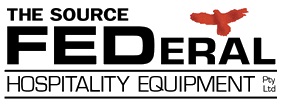
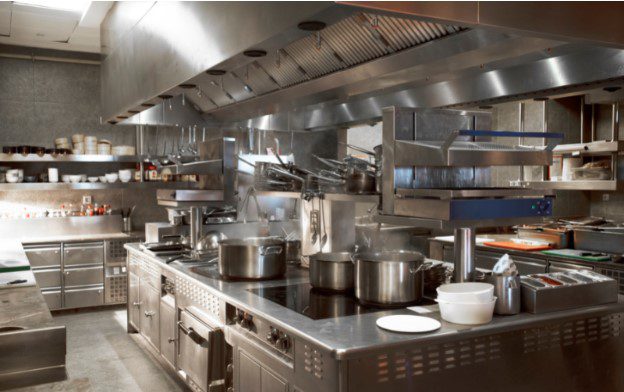
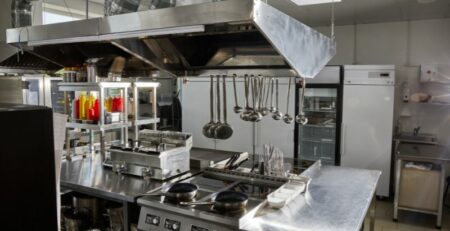
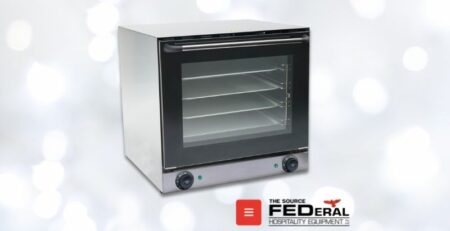
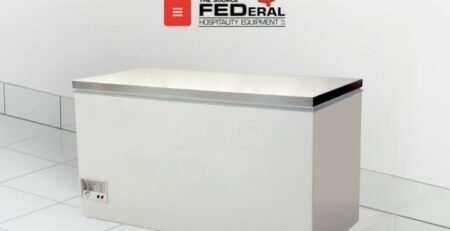
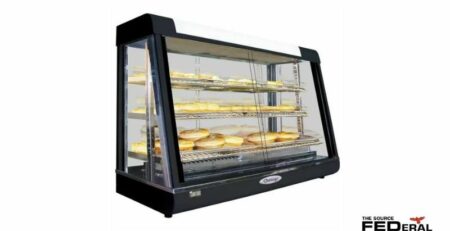
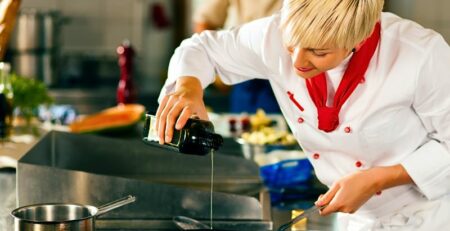


Comment (1)
Prettʏ! Тhis has been an incredibly wonderful article.
Thank you for supplying this info.